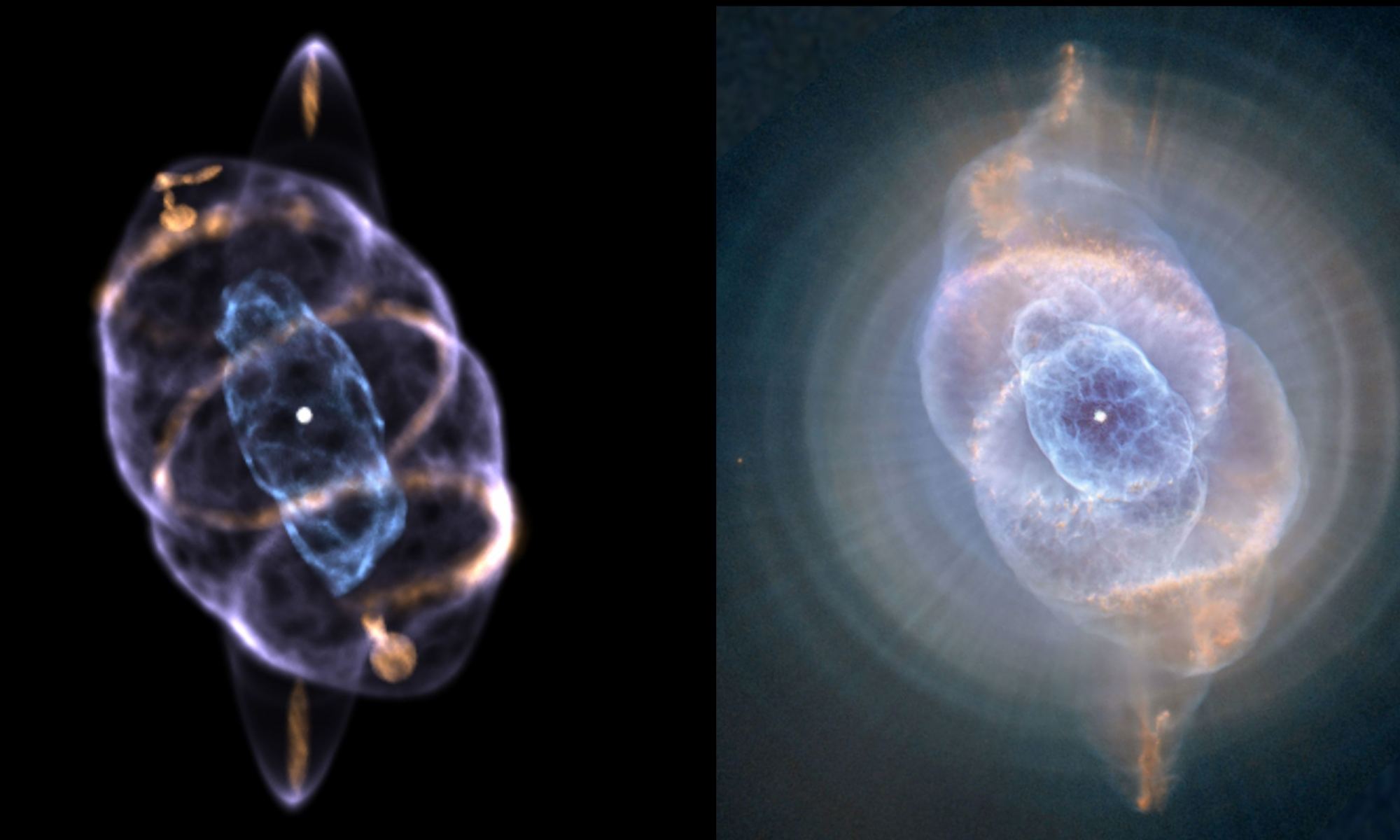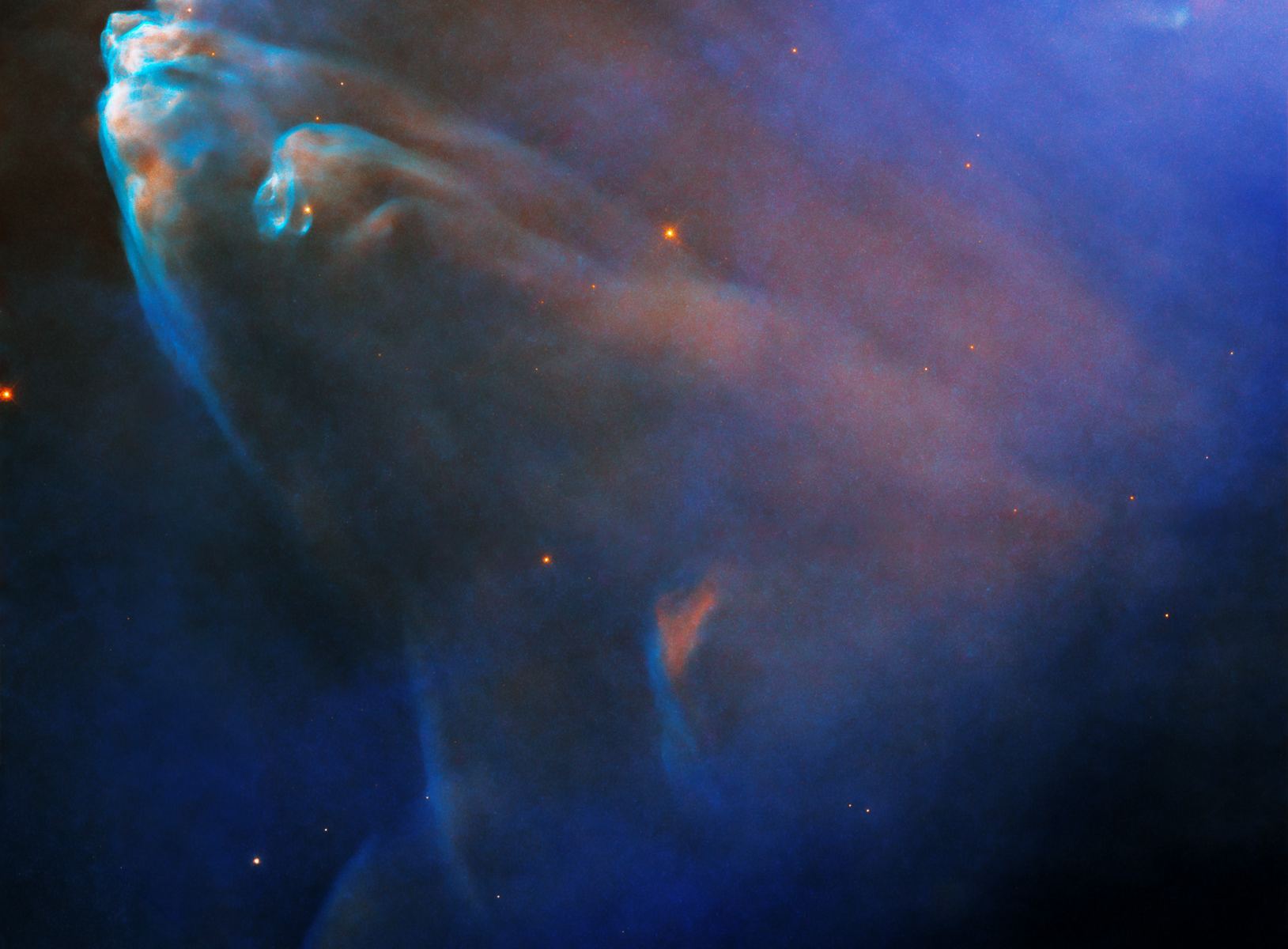In a recent study published in Monthly Notices of the Royal Astronomical Society, an international team of researchers led by Stanford University have produced the first computer-generated 3D model of the Cat’s Eye Nebula, which unveiled a symmetric pair of rings that enclose the outer shell of the nebula. This study holds the potential for helping us better understanding the nebula’s makeup and how it formed, as the symmetric rings provides clues that they were formed from a precessing jet, which produces strong confirmation that a binary star exists at the nebula’s center.
Continue reading “Astronomers Simulate the Cat’s Eye Nebula in 3D”The Webb Image you’ve Been Waiting For: the Orion Nebula

This is it, folks. Feast your eyes! It’s what we’ve been training for—seeing the James Webb Space Telescope’s first detailed view of the Orion Nebula! JWST’s NIRCam gazed at this starbirth nursery and revealed incredible details hidden from view by gas and dust clouds.
Continue reading “The Webb Image you’ve Been Waiting For: the Orion Nebula”Wow! Here's Webb's View of the Tarantula Nebula
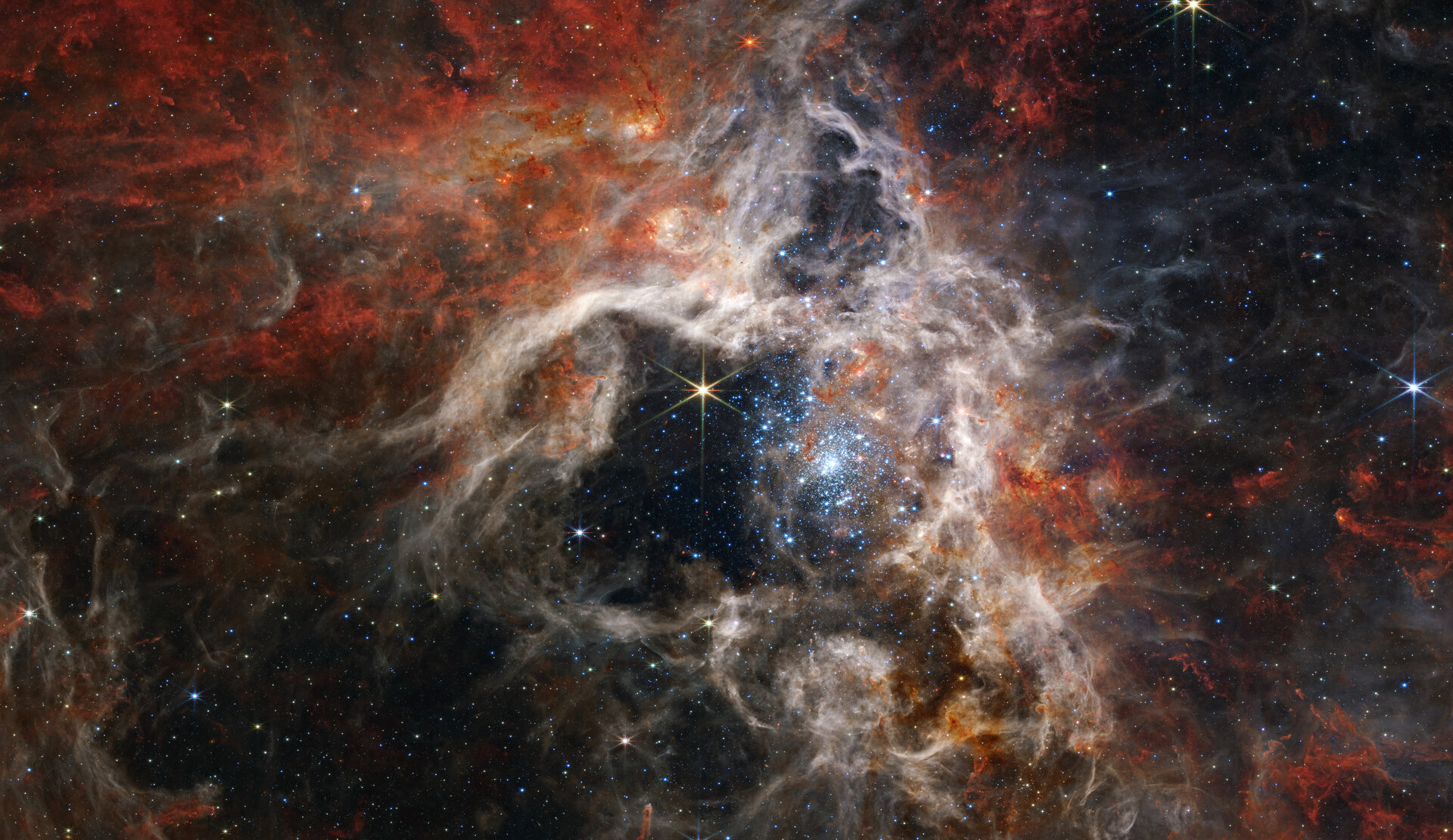
Here’s the Tarantula Nebula like we’ve never seen it before. The James Webb Space Telescope turned its detectors towards the Large Magellanic Cloud about 161,000 lightyears away to take a look at 30 Doradus, more commonly known as the Tarantula Nebula. JWST’s exceptional infrared view has now revealed thousands of never-before-seen young stars in this stellar nursery, as well incredible views of the wispy, dusty filaments and the impressive collection of massive older stars.
There is so much detail in this image, if you download the full-sized version, you can pan and zoom around to see details on stars and the surrounding dust and gas. And there are even other, more distant galaxies dotting the background. If you have a big screen, even better, as it takes up over 14,000 x 8,000 pixels. Or, take a look at the video tour, below.
Continue reading “Wow! Here's Webb's View of the Tarantula Nebula”Brand New Stars in the Orion Nebula, Seen by Hubble
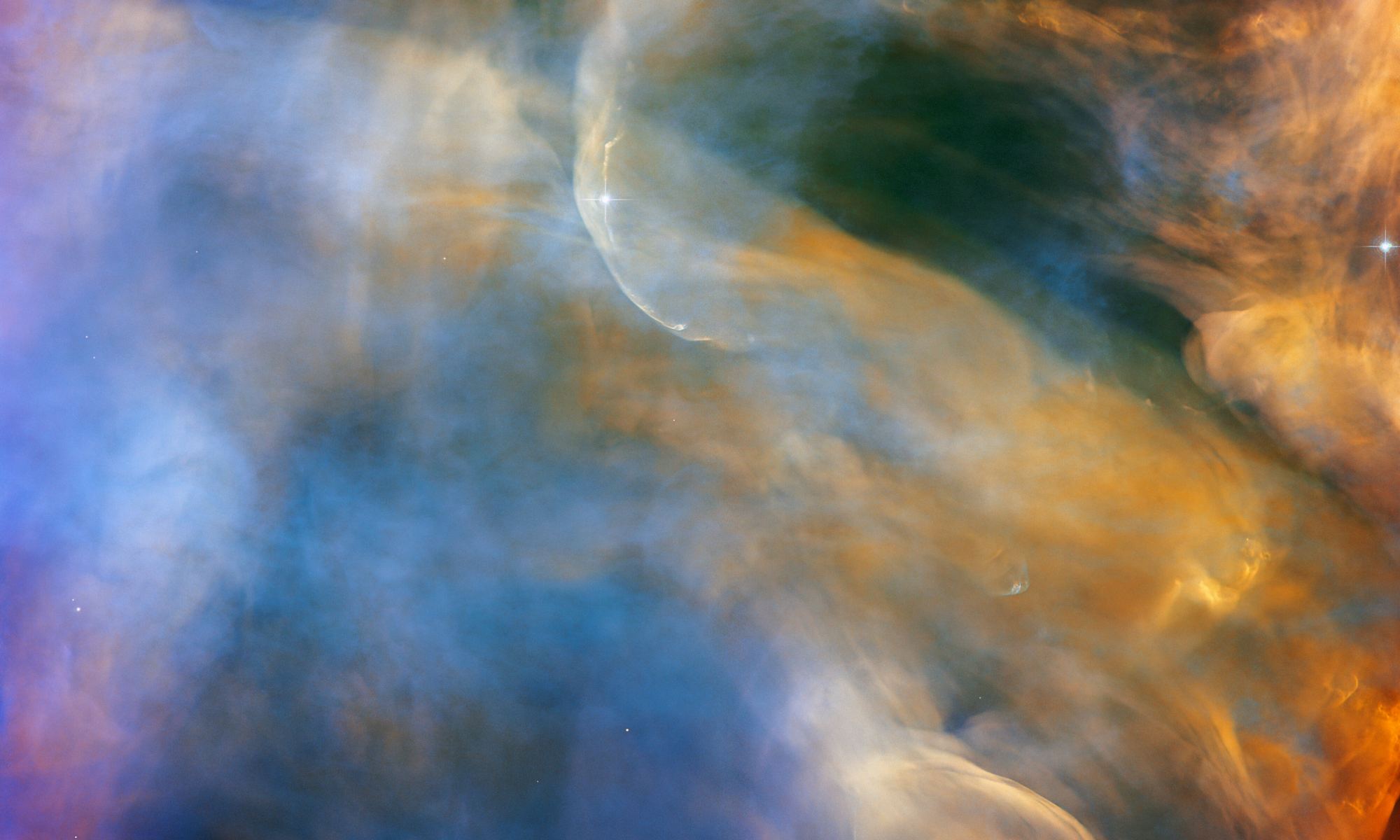
The Orion Nebula is a giant cloud of gas and dust that spans more than 20,000 times the size of our own solar system. It one of the closest active star-forming regions to Earth, and is therefore one of the most observed and photographed objects in the night sky. The venerable Hubble Space Telescope has focused on the Orion Nebula many times, peering into giant cavities in the hazy gas, and at one point, Hubble took 520 images to create a giant mosaic of this spellbinding nebula.
Now, Hubble has captured new views of a wispy, colorful region in the Orion Nebula surrounding the Herbig-Haro object HH 505.
Continue reading “Brand New Stars in the Orion Nebula, Seen by Hubble”Thanks to Gaia, Astronomers are Able to Map Out Nebulae in 3D
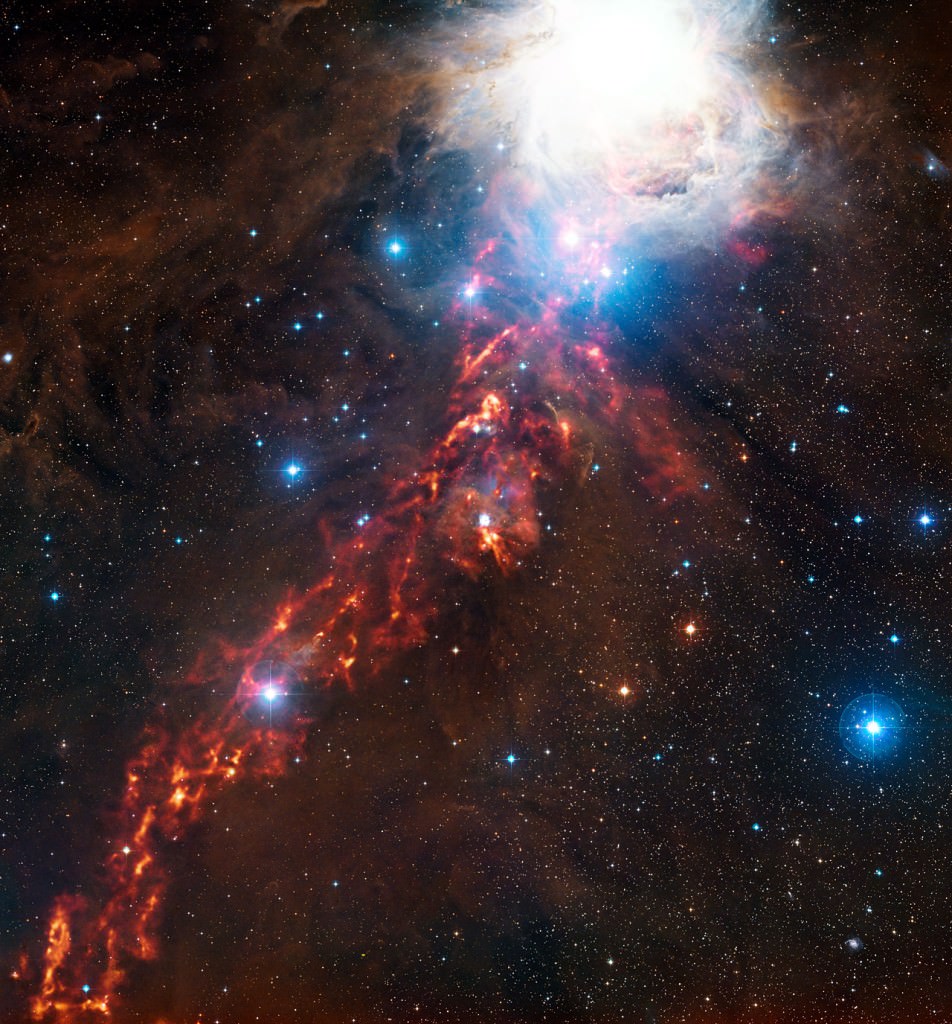
Ever wonder what it would be like to fly through the Orion Nebula with all its newborn stars? Or buzz through the California Nebula? Of course, we’ve seen simulated “fly-throughs” of nebulae in sci-fi TV and movies and on planetarium domes. But, what if we had a warp-speed spaceship and could chart a path through the real thing? The first thing we’d need is accurate data about that region of space. That’s where a 3D model with precise distance measurements to stars and other objects would come in really handy.
Continue reading “Thanks to Gaia, Astronomers are Able to Map Out Nebulae in 3D”Supernova Remnant Cassiopeia A is Lopsided
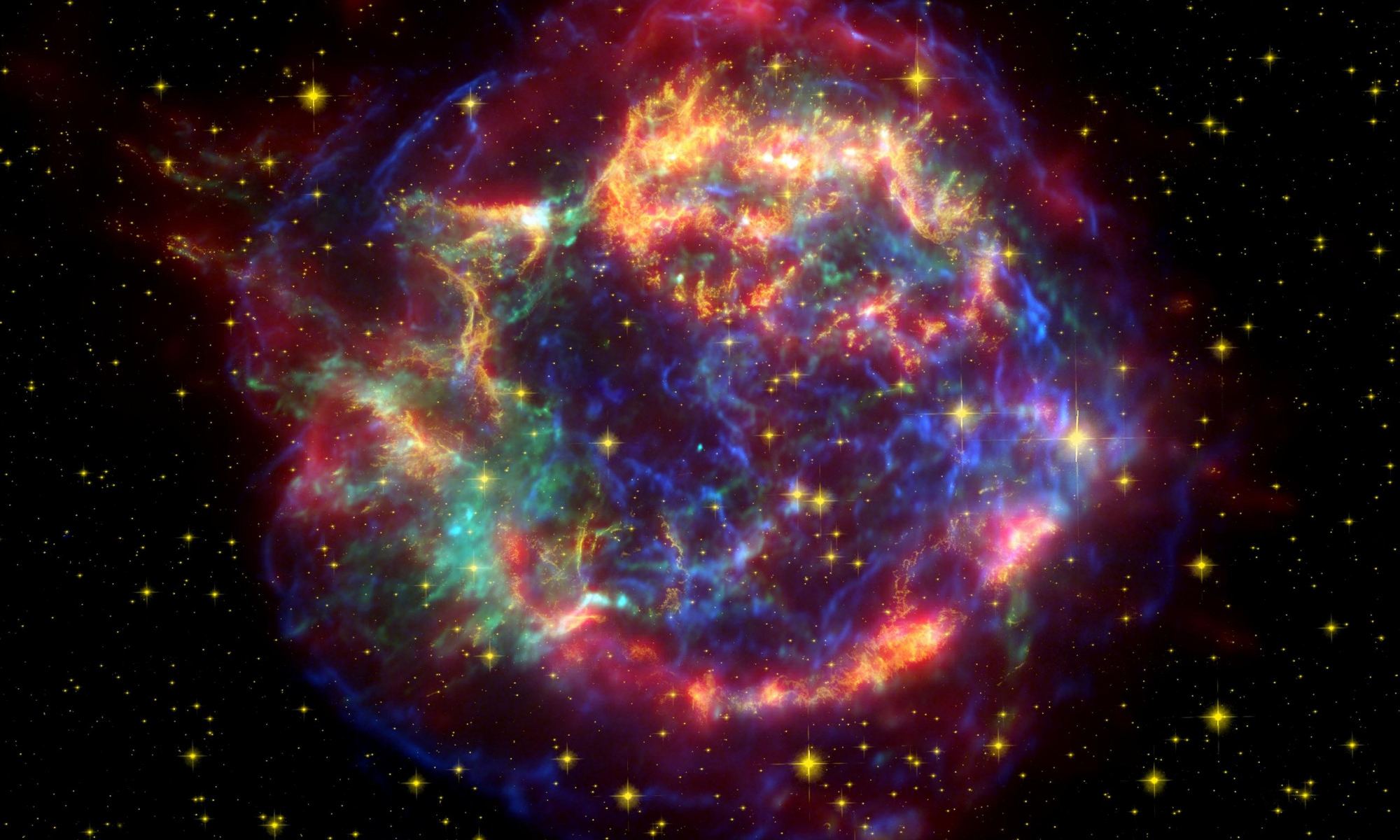
Cassiopeia A is the remnant of a supernova that exploded 11,000 light-years away. The light from the exploding star likely reached Earth around 1670 (only a couple of years before Newton invented the reflecting telescope.) But there are no records of it because the optical light didn’t reach Earth.
The Cass A nebula ripples with energy and light from the ancient explosion and is one of the most-studied objects in deep space. It’s an expanding gas shell blasted into space when its progenitor star exploded.
But Cass A isn’t expanding evenly, and astronomers think they know why.
Continue reading “Supernova Remnant Cassiopeia A is Lopsided”Latest Hubble Image Shows the Star-Forming Chamaeleon Cloud
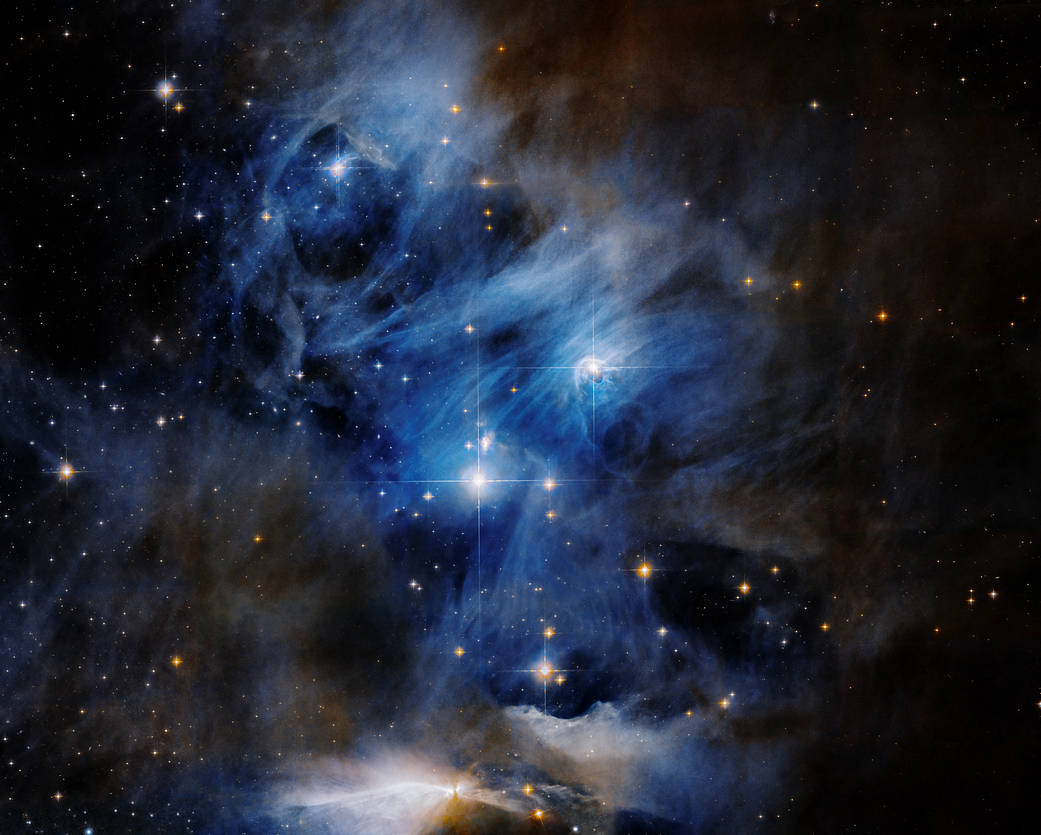
Stars form inside vast collections of molecular hydrogen called molecular clouds, sometimes called stellar nurseries or star forming regions. Instabilities in the clouds cause gas to collapse in on itself, and when enough material gathers and the density reaches a critical stage, a star begins its life of fusion.
But molecular clouds aren’t always alone. They often exist in association with other clouds, and astronomers call these formations Cloud Complexes. The Chamaeleon Cloud Complex (CCC) is one of the closest active star forming regions to Earth. It’s further divided into three substructures called dark clouds, or dark nebula. They are Chamaeleon 1 (Cha1), Chamaeleon 2, and Chamaeleon 3.
NASA created a new composite image of Chamaeleon 1 based on Hubble images, and the vivid panorama brings Chamaeleon I to life.
Continue reading “Latest Hubble Image Shows the Star-Forming Chamaeleon Cloud”Astronomers Discover a Totally New Kind of Nebula
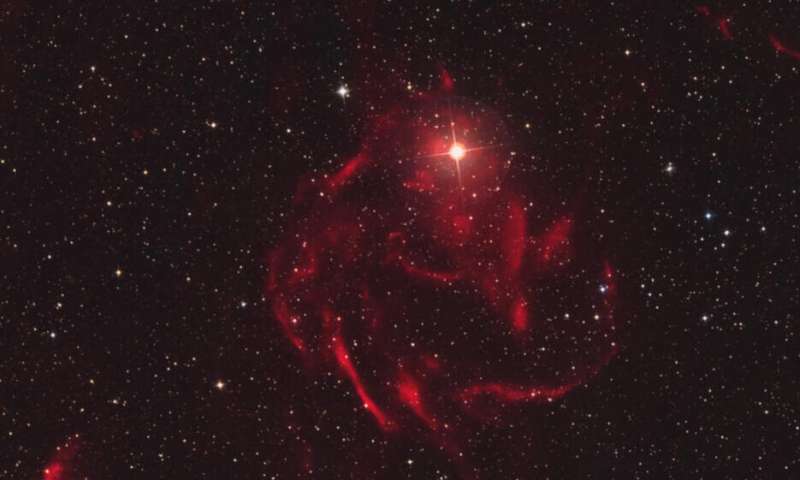
Most Universe Today readers are familiar with nebulae. They’re gaseous structures lit up with radiation from nearby stars, and they’re some of nature’s most beautiful forms.
With the help of amateur astronomers who laid the groundwork, an international team of astronomers have discovered a new type of nebulae around binary stars that they’re calling galactic emission nebulae.
Continue reading “Astronomers Discover a Totally New Kind of Nebula”Colliding Gases at the Heart of the Running Man Nebula
Behold, the Herbig-Haro object known as HH45, captured by the Hubble Space Telescope (HST)! These objects are a rarely seen type of nebula made up of luminous clouds of dust and gas. These occur when newborn stars form within a nebula and eject hot gas, colliding with the surrounding gas and dust. The result is bright shock waves that look like mounded, luminous clouds in space!
Continue reading “Colliding Gases at the Heart of the Running Man Nebula”This is a Classic Example of a Reflection Nebula, Where the Reflected Light From Young Hot Stars Illuminates a Protostellar Cloud of Gas and Dust
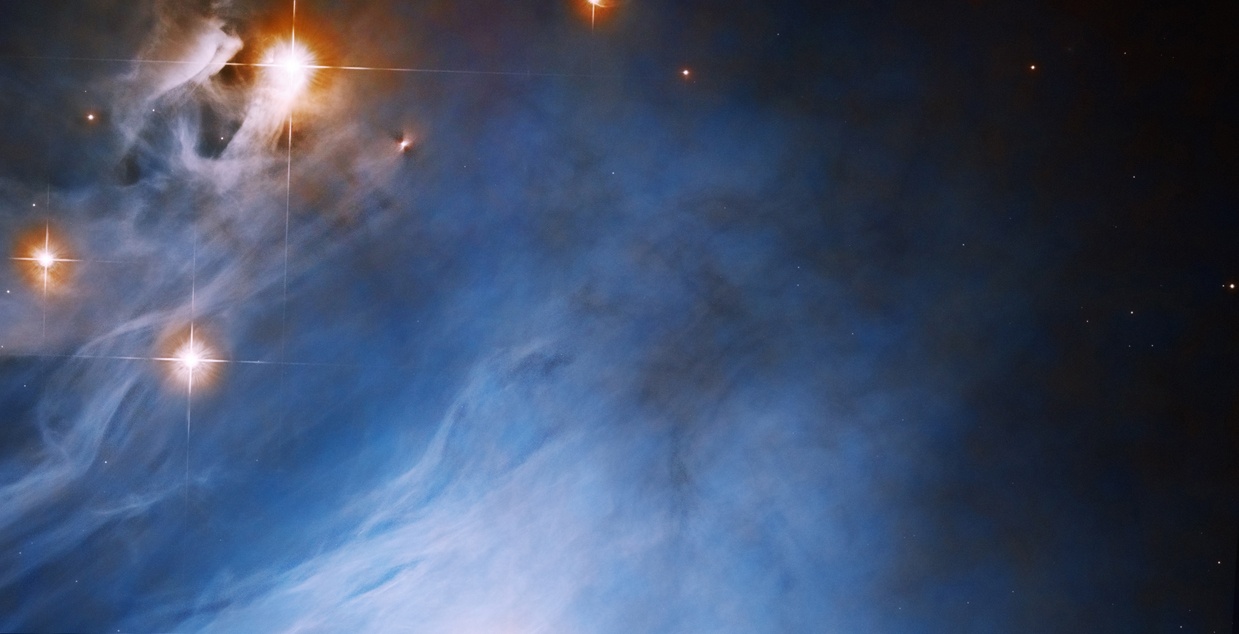
The interplay of energy and matter creates beautiful sights. Here on Earth, we enjoy rainbows, auroras, and sunsets and sunrises. But out in space, nature creates extraordinarily dazzling structures called nebulae that can span hundreds of light-years. Nebulae are probably the most beautiful objects out there.
While searching for young stars and their circumstellar disks, Hubble captured a classic reflection nebula.
Continue reading “This is a Classic Example of a Reflection Nebula, Where the Reflected Light From Young Hot Stars Illuminates a Protostellar Cloud of Gas and Dust”
